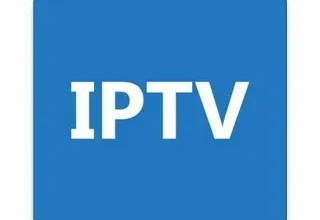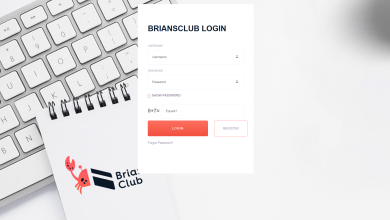Picture this: you’re a manager trying to coordinate shifts for a bustling restaurant or supervise a team in a healthcare facility. Ensuring that the right people are present at the right time can be extremely difficult. Even though simple computer programs, spreadsheets, pen and paper, or other conventional methods may have helped you in the past, they frequently fall short in the quickly changing workplace of today. Enter the game-changer: Employee scheduling app. Nowadays, these innovative solutions are revolutionizing the way managers handle employee scheduling. Here, we’ll explore why they are a must-have tool for any forward-thinking manager.
How Can Employee Scheduling Apps Transform Your Management Efficiency?
These tools are revolutionizing the scheduling process for forward-thinking managers. An employee scheduling app streamlines the often tedious and error-prone process of employee scheduling, saving valuable time and resources. They enhance communication, keeping both managers and employees in sync, resulting in fewer scheduling conflicts and improved morale.
With automation, these apps reduce human error, ensuring compliance with labor laws and helping managers make data-driven decisions. The flexibility they offer is essential in today’s dynamic work environments, where last-minute changes and varying employee availability are the norm.
By empowering employees to have a say in their schedules and simplifying time-off requests, these apps also boost job satisfaction and retention rates. Their scalability and integration make them suitable for businesses of all sizes.
For managers seeking to boost output, reduce expenses, and ensure their teams are flexible and content in today’s fast-paced, competitive business environment, these employee scheduling apps are a necessity.
A Straightforward and Practical Employee Scheduling Method
Here, we will look at some doable tactics for streamlining employee scheduling while keeping it efficient.
- Implement Employee Scheduling Software
As we discussed before, one of the most straightforward ways to simplify resource scheduling is to implement scheduling software. Employee scheduling apps can make a world of difference. These applications offer user-friendly interfaces, automation, and features that help you create schedules efficiently. They provide real-time visibility into employee availability and preferences, making it easier to match shifts with the perfect personnel.
By adopting scheduling software, you can save countless hours that would otherwise be spent manually creating schedules on spreadsheets or paper.
- Establish a Clear Scheduling Policy
An essential step in simplifying scheduling is to establish a clear and consistent scheduling policy. This policy should include the scheduling and shift change rules and the procedures employees should follow when requesting time off. When expectations are clearly defined, it is simpler to make decisions that are fair and in line with business requirements.
Additionally, by letting your staff members know about this policy, you give them a clear understanding of the scheduling procedure, which empowers them. This can lead to greater employee satisfaction and reduce confusion or disputes related to scheduling.
- Prioritize Employee Preferences
Your employees have preferences and availability that are valuable when creating schedules. By incorporating their preferences to the extent possible, you can improve employee morale and job satisfaction. While it may not always be feasible to accommodate every request, demonstrating a willingness to consider their preferences can go a long way in building a positive work environment.
Modern employee scheduling apps allow employees to input their preferences directly, making it easier for managers to take these into account when creating schedules. This leads to happier and more motivated employees, which can ultimately enhance productivity and reduce turnover.
In a 2022 survey of employees in the United States, it was revealed that 55 percent had encountered job-related stress within the past year. As a manager, you can assist in mitigating these issues by addressing their preferences and needs.
- Focus on Fairness and Flexibility
Scheduling should be fair and flexible. Fairness means avoiding favoritism and partiality in scheduling decisions. This can be achieved by following your established scheduling policy and being transparent in your decision-making process.
Flexibility, on the other hand, means being prepared to adapt to changes. Schedule modifications might be necessary due to unforeseen events. A simple and effective approach to scheduling should allow for quick adaptations, such as finding replacements for absent employees or adjusting shifts to meet unexpected demands.
- Regularly Review and Optimize
Lastly, a simple and effective approach to employee scheduling involves regular reviews and optimization. It’s important to analyze your scheduling data, track key performance indicators, and gather feedback from your team. This information can help you identify trends, inefficiencies, and areas for improvement.
Wrap Up
Are you ready to revolutionize your employee scheduling with resource management software? Use eResource Scheduler, the ultimate solution for streamlined scheduling. With this, say goodbye to complexity and inefficiency. Try it today and experience the future of modern employee scheduling!!!





